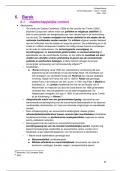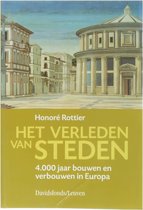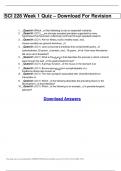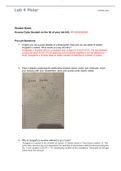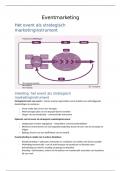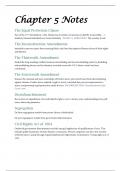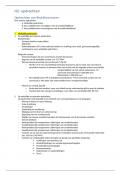Summary
Samenvatting Ontwerptheorie - hoofdstuk 6 en 7
- Course
- Institution
- Book
In dit deel kan je hoofdstuk 6: Barok en hoofdstuk 7: Classicisme terug vinden, gebaseerd op het boek 'Het verleden van steden : 4000 jaar bouwen en verbouwen in Europa' en de PowerPoint presentaties.
[Show more]
